Last week it was AGL. Is it now Origin Energy’s turn to announce a demerger?
On Thursday Origin Energy’s CEO put an end to the speculation, saying that they would not be taking AGLs lead and demerging their business for now. In the announcement, AGL’s rival highlighted the benefit for the company to stay whole, but to diversify their earnings.
Commentary around the potential demerger has been highlighted by Edge and others over the last couple of months. Edge saw an opportunity for Origin to either spin off its retail business or split the business into 2, being electricity and gas.
Origin is a complicated business, operating across both electricity and gas, and across wholesale and retail. Parts of the business are also tied up in joint ventures such as the LNG export terminals in Australia and its part share in Octopus Energy in the UK. Origin has reported that it ‘‘will continue to assess the portfolio’’.
Origin’s structure is different to AGL’s. Origin’s LNG business is currently propping up its domestic gas and electricity business units. If the pressure from a dropping international gas price puts stress on LNG returns, we may well see Origin have a closer look at its portfolio and structure.
Currently the APLNG venture returns $800M to Origin after tax.
CEO Mr Calabria said “Origin’s energy market business already looks very much like the ‘’new AGL’’’, with the notable difference that Origin has a more gas fired portfolio, with Eraring (the only coal unit) flagged to shut down from 2030.
Mr Calabria has also shown limited expectations in the short term for the energy industry, unless we see hotter summers leading to higher demand or the shutdown of coal power generation as a result of the unsustainable low spot prices. He remarked that the market is in an ‘‘unstable equilibrium’’ as an increased amount of renewable generation enters the market and the resulting wholesale prices squeeze profits of the generators and retailers.
As we move through this unstable equilibrium, Origin sees opportunities for State governments to take NSW’s lead and introduce policies to motivate investment rather than wait for increases in spot price.
NB: Spot prices have historically been the leading indicator for investment in new generation. If government led roadmaps became predominant, it may lead to a smoother transition to a renewable future and the orderly retirement of coal and gas generation.
So, with APLNG subsidising Origin’s other business streams we are unlikely to see a demerger, but can Origin utilise this upper hand in the market to push out the competition – demerged or not?

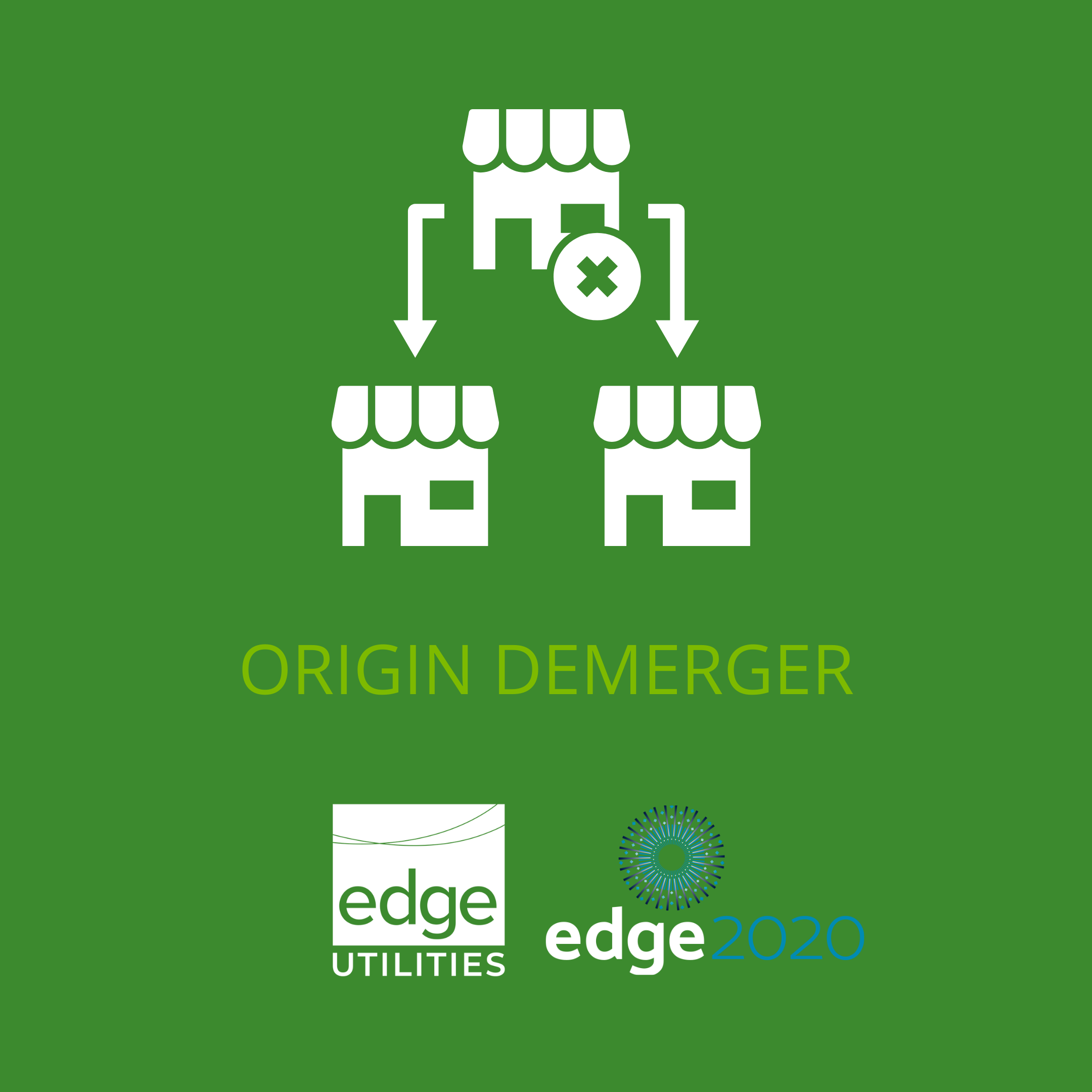




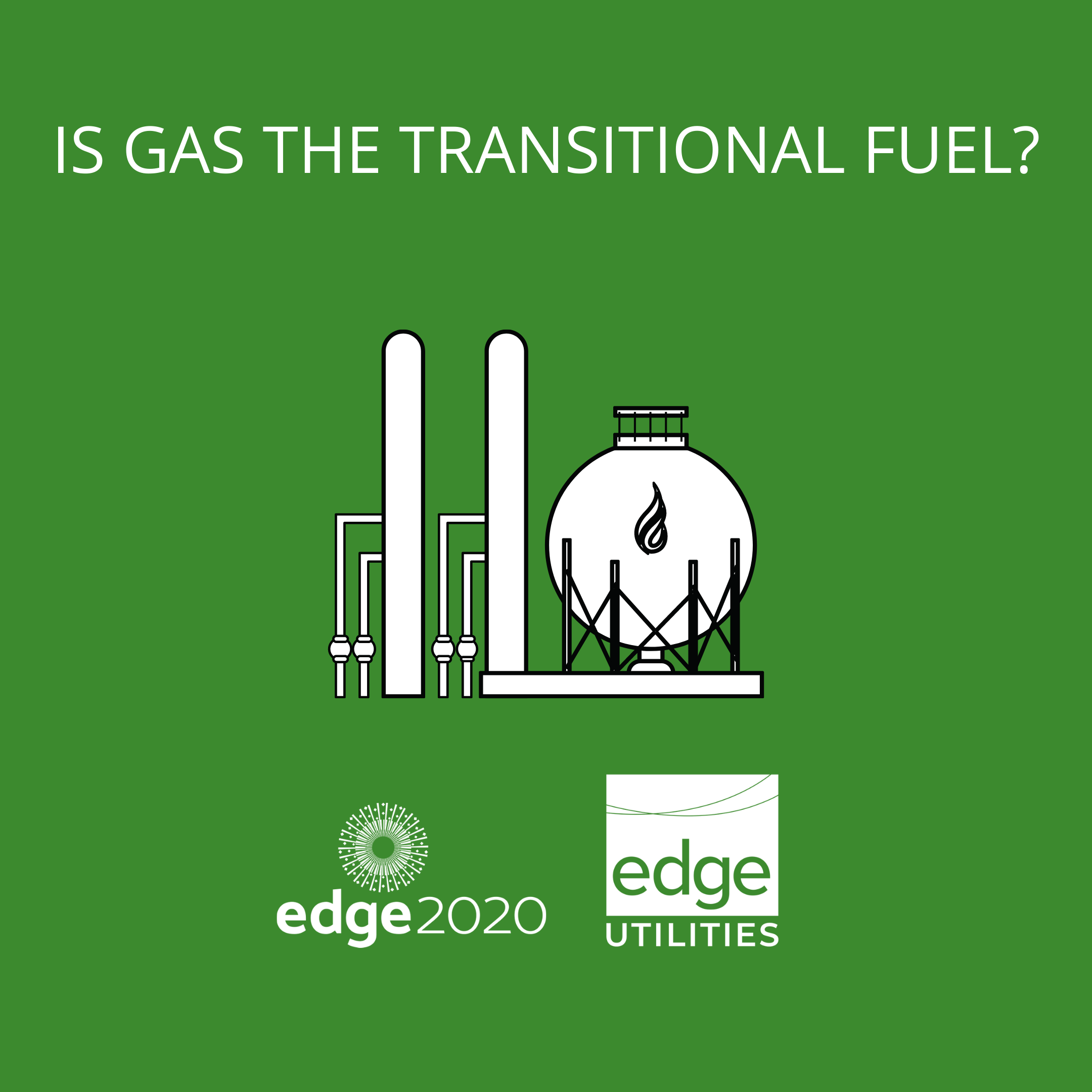 Following feedback from industry that gas is not the transitional fuel for Australia to help move from Coal fired generation to renewables, AEMO is grappling with their plan to model a ‘gas led recovery’ scenario for the 2022 Integrated System Plan (ISP).
Following feedback from industry that gas is not the transitional fuel for Australia to help move from Coal fired generation to renewables, AEMO is grappling with their plan to model a ‘gas led recovery’ scenario for the 2022 Integrated System Plan (ISP).

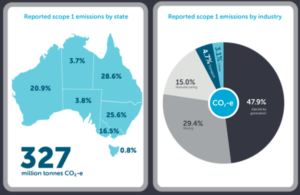
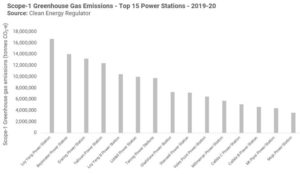
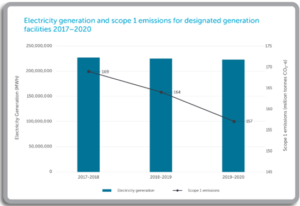
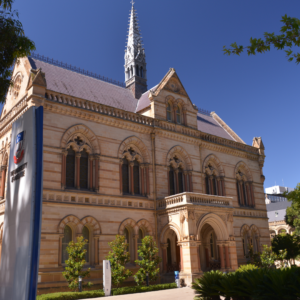 Are we installing rooftop solar panels to produce the best outcome for our households?
Are we installing rooftop solar panels to produce the best outcome for our households?